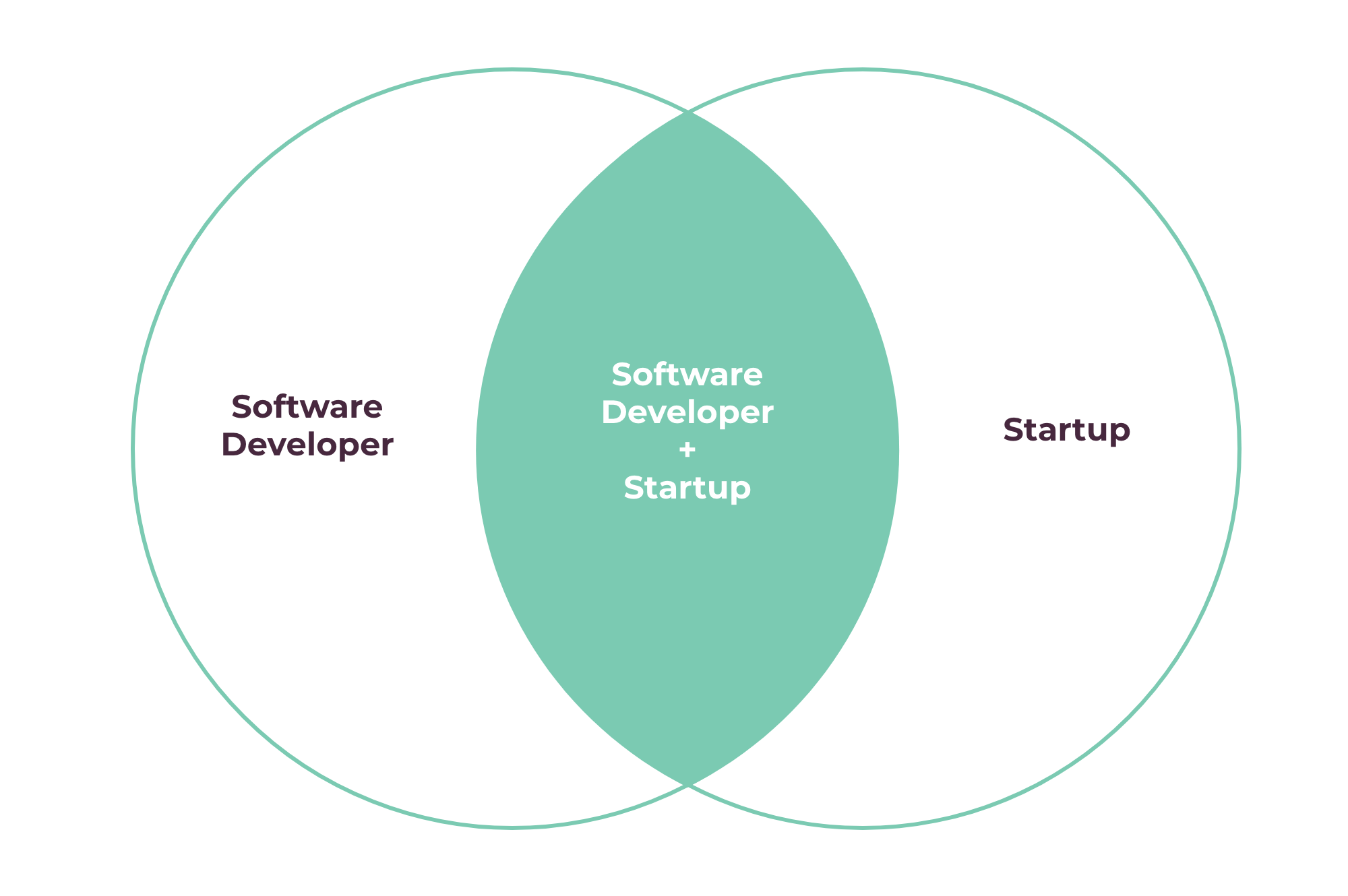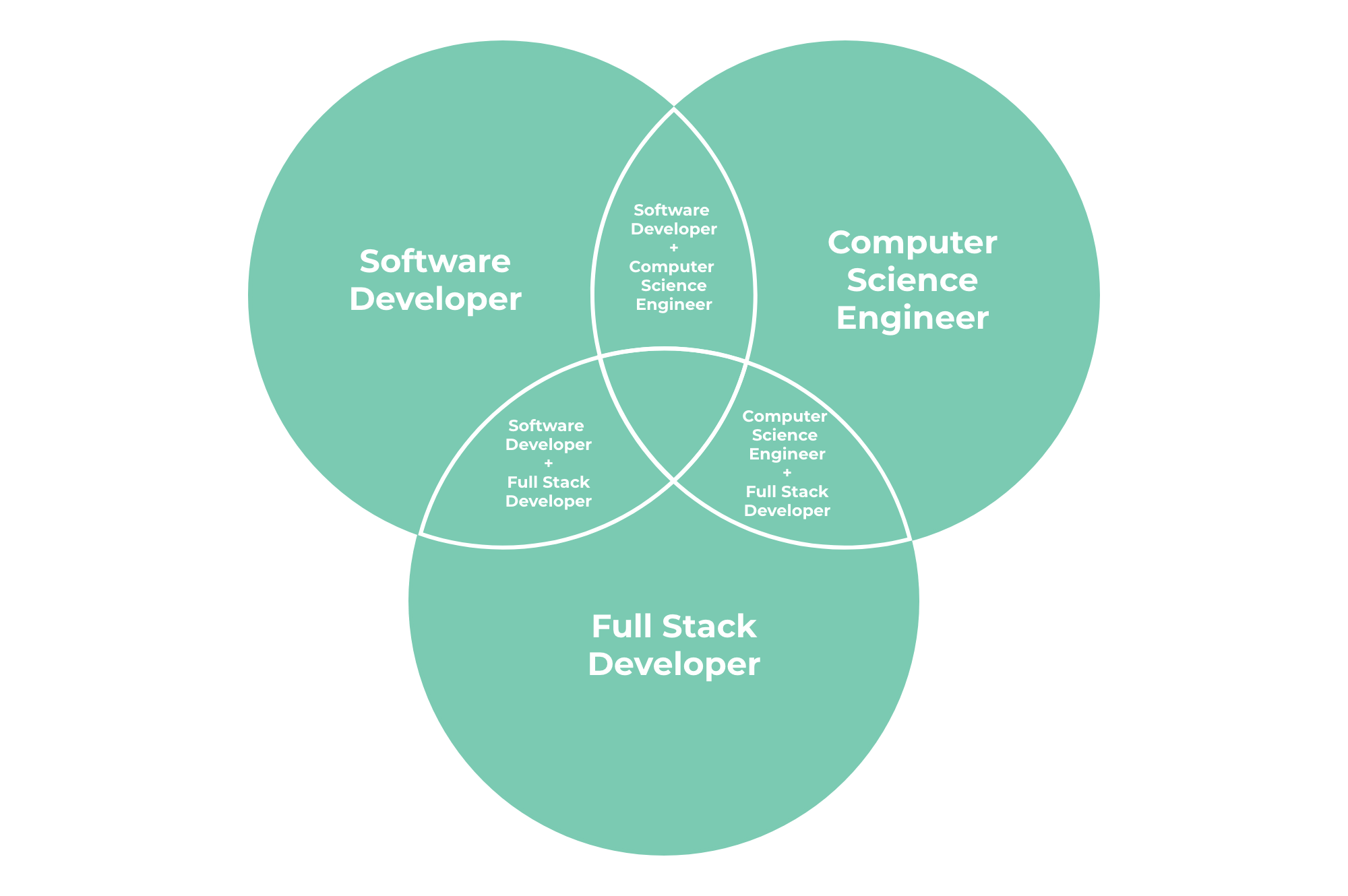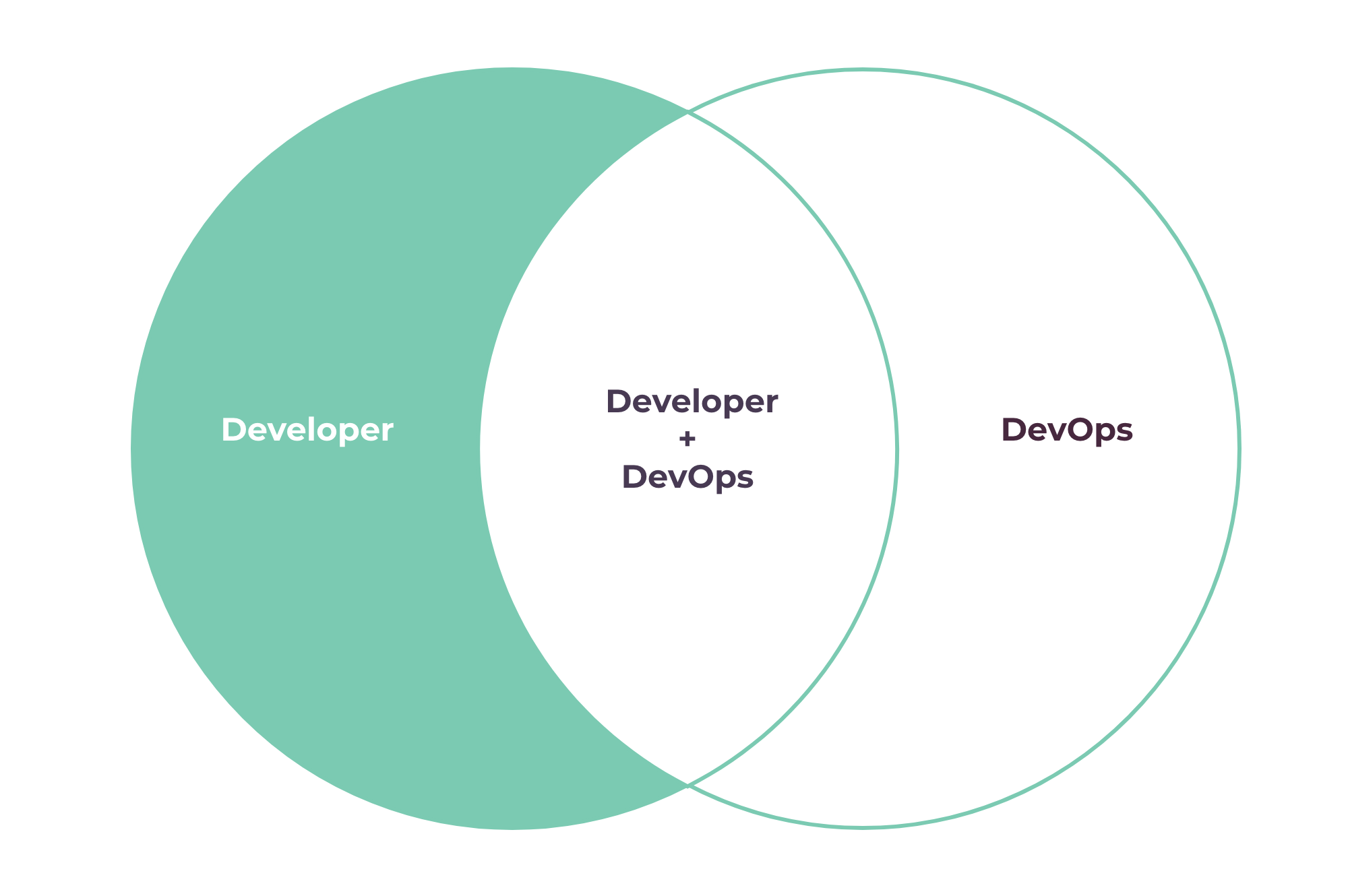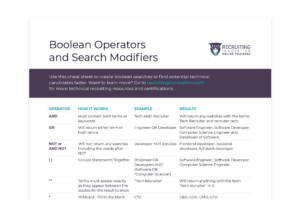
As a technical recruiter, searching for the right candidates and the correct information about them drives your day-to-day life. Much like an engineer learning the ins and outs of their programming language, technical recruiters spend endless hours researching to deliver the perfect candidates to their clients or hiring managers. Researching can be a never ending task in today’s information age where every candidate has multiple online profiles, portfolios and github repositories.How do you know what to look for? Luckily, being a technical recruiter has its advantages where engineers generally use similar platforms such as LinkedIn, Github, StackOverflow, Behance or Dribbble. Developers and designers alike use these platforms to share portfolios, work samples and work history. A quick and well-crafted boolean search can help you wade through the deep waters of resumes and profiles to land you at the right candidate you desire at exactly the right time.
At Recruiting Innovation we understand how a competitive advantage can be the inflection point in building a successful team. We practically wrote the book, or at least the certification program, in filling technical roles faster with a proven method. Today we’ll outline some basics on understanding Boolean search and the role of boolean operators to help you find who you’re looking for and crush the competition!
Need to Know Boolean Operators
AND, OR, NOT or AND NOT

The AND operator narrows your search to return only results containing both terms or keywords.
“Software Developer” AND startup
Boolean search results returned must include both the term “Software Developer” and the keyword “startup”, which will likely return Software Developers with Startup experience in their resumes or current position. The search will not yield solely one or the other – the page must have both terms to show up in the search.

The OR operator can be used to expand your search to find results that contain one or more of the keywords or terms in your string. This comes in handy when identifying roles that are expressed in multiple ways or acronyms.
- “Software Developer” OR “computer science engineer” OR “full stack developer”
- “M.D.” OR “Medical Doctor” OR doctor OR physician
The example (a) above will return anyone with the job titles or keywords listed in the string. The profile or resume could contain one phrase/keyword or several of them. The same goes for example (b) which will return anyone who’s a medical doctor, has M.D. in their title, or the words doctor or physician listed in their profile.

The NOT or AND NOT operators are used to narrow your search by searching for the first term but excluding the terms after the NOT or AND NOT. An example below points out common use cases
Developer AND NOT DevOps
This will yield results for developers but not ones working in DevOps.
Now that we know the basics of how boolean operators work, we can move to more advanced searches with search modifiers.
Boolean Search Modifiers
If you want to group searches, you can use the parenthesis or various other search modifiers to broaden or narrow your searches. Below you’ll learn more about how to broaden or narrow your search.
() – Parenthesis
Parentheses make your searches more accurately reflect what you’re looking for. An example of using parentheses in a boolean search would be the following:
(frontend OR computer science) and engineer
This string will return frontend engineers, computer science engineers but not searches with frontend or computer science without engineer attached.
“” – Quotation Marks
Quotation marks also help make your searches more accurately reflect what you’re looking for by phrasing or joining words or sentences together exactly how you would like to see them. An example of using quotation marks in a boolean search would be “full stack engineer”. This will yield results for people with this exact term in their profiles, but not include any other type of engineers, such as computer science engineers or backend engineers.
Let’s say you wanted to search for potential candidates with “full stack engineer” in their titles only. This search will eliminate potential candidates who may work with full stack engineers but don’t hold the title themselves. We can use the string below:
intitle: “full stack engineer”
The above string will eliminate any profiles with the phrase, full stack engineer, in their profiles and return only those who hold that exact title.
* – The Asterisk or Wildcard
The asterisk is a wildcard, meaning it will allow any variety of results in place of its insertion. Think of it as a fill-in-the-blank. A good use case for using the asterisk is searching for executives by acronym.
C*O
The above search will result in: CFO, CXO, CTO, CEO, COO, or CIO.
The asterisk can also be used to complete words like in the search below:
Software AND Develop*
The above boolean search will yield results for Software Developer, Software Development, Developed Software, development of software and more
Please note that keywords aren’t case sensitive, but your boolean operators will need to be capitalized for the search engines to recognize them. With these basics and more advanced searches down, we can move onto more tips and tricks that will simplify finding the right candidates.
More Tips and Tricks for Boolean Searches
Have an easier time finding more candidates with our tips and tricks for technical recruiters using boolean searches below:
Inurl:
Sometimes you may find a profile on Github and want to find the same person on another platform like LinkedIn. You can find the candidate’s other profiles with the Inurl operator. This operator can be used to find words in a url, such as a person’s name (LinkedIn or FaceBook profile) or their resume. Below you fill find two examples:
inurl:/in/FIRSTNAME
The above string will pull a person’s LinkedIn profile with the first name listed above.
inurl:cv OR inurl:resume
The above string will return results based on the strings “cv” or “resume” appearing in the URL.
site:
The site operator is used to search inside of a specific website. You’ll often find that searching on Google to find LinkedIn profiles will yield better results since Google has a better search engine than LinkedIn. Below are examples of using the site operator.
site:linkedin.com/in/ intitle: Devops
Since LinkedIn uses names and job titles as the title in their searches, this string will return profiles on LinkedIn (site:linkedin/com/in/) with DevOps as their titles (intitle: DevOps).
Intext:
This boolean operator will read the rest of their LinkedIn profile or the body of a website for any text matching your search parameters. If you’re looking for specific keywords in someone’s current job duties, using the intext operator will surface those profiles to the top of your search.
site:linkedin.com/in/ intext: “product manager” OR product management
The above search string will pull profiles with the keywords “product manager” or “product management” in their LinkedIn profile.
Filetype:
This operator is also handy when searching for resumes, which are commonly in pdf, doc, docx, or txt form. The boolean search below is handy when trying to find someone’s resume.
(inurl: resume OR inurl:cv) AND (filetype: pdf OR filetype: doc OR filetype: txt)
This search would return results of urls that have the words “resume” or “cv” in them and have a filetype of pdf, doc, or txt.
Looking for more on Boolean search or Boolean Operators? Download our Boolean Cheat Sheet so you’ll never forget these handy search operators and modifiers!
Order of importance: NOT, AND, OR
Search engines prioritize operators in this order: NOT being the first priority, then AND, and then OR. Tech Recruiters can use any of the operators we’ve mentioned above to find the exact candidates they’re looking to hire.
Become a More Effective Technical Recruiter
Instead of wading through a sea of resumes, you can now target the best profiles and spend more time conducting technical interviews instead of trying to find the best candidates. If you enjoyed this lesson on boolean search operators and would like to learn more about technical recruiting in order to fill roles faster, sign up for our technical recruiter certification!
